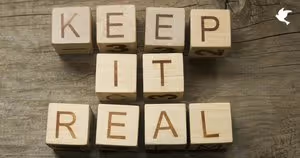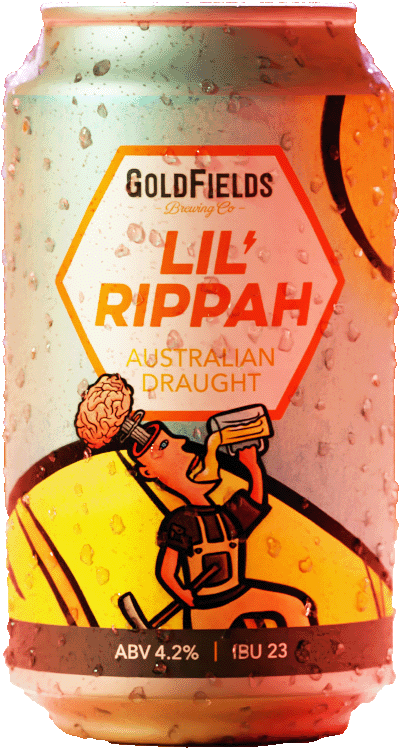Building a valuable brand, and moving it up the Brand Engagement Pyramid is not only about making more sales and creating loyal customers and employees. A brand is also a valuable intangible asset that contributes to the overall value of a business. Internationally, and here in Australia, accounting changes are in process to officially include brand and other intangible assets on the balance sheet, underpinning the importance of brand investment.
What is an intangible asset?
By definition, an intangible asset is one which has no physical substance. You can’t touch it as you would equipment, stock, property or cash. It is often what makes the business a success, or stand out from the competition. For example the recipes for Big Mac Sauce or the secret herbs and spices of KFC would be intangible assets. It could be a trademark or patent, or even Intellectual Property (IP) such as a proprietary consulting process.
Or of course it could be your brand. Which if managed and nurtured properly can be very valuable.
Your brand and your company’s value
Australian Accounting Standards on intangible assets (AASB138) don’t currently allow for the accounting of brand (as well as some other intangible assets) on the balance sheet, despite them contributing to a company’s value. However, following changes that are happening internationally, a paper put forward this year suggests that AASB138 will soon be reviewed.
The importance of these reviews can’t be underestimated, as research is showing the true value of a brand to shareholders.
In the USA, a recent Marketing Accountability Standards Board (MASB) study showed that brand alone contributes an average of 19.5% to a company’s value. In the case of luxury goods (think Chanel, Louis Vuitton) and consumer goods (think Carlton Draught, Heinz ketchup) the brand can make up the majority of shareholder value.
“Brands are one of the most valuable but least understood assets”
“Brands are one of the most valuable but least understood assets,” according to Frank Findley, the Director of MASB, “The announcement of a new global standard for evaluating brands by the International Organisation for Standardisation (ISO) represents a big opportunity to rectify that and, in so doing, benefit all business management.”
So what does this mean in practice for brand owners?
Savvy brand owners who have been actively managing their brands, fostering advocacy and increasing loyalty, will immediately be able to increase the value of their business on their balance sheet, translating into greater shareholder value.
Whilst guidelines on how to measure brand value are still to be formalised, contributing factors like NPS tracking and customer surveys are bound to play a role, meaning that companies who have been doing this for some time will have the necessary data for inclusion.
Determining the balance sheet value of the brand will also give a benchmark for growth, allowing companies to set clear goals on how to increase brand value, and invest accordingly.
Looking at our own Brand Engagement Pyramid, the higher a brand is on the Pyramid, the higher the brand value. Companies should be looking to systematically identify where their brand is at now, and plan to move it step-by-step upwards, adding value with each step.

The implications for organisational structure and resourcing are also clear. Roles responsible for Marketing, Customer Experience and Employee Branding will be increasingly important, also highlighting the need for all at the boardroom table to be invested in brand growth as a measure of their success.
As with most things, time is either your friend or foe when it comes to getting your brand “balance sheet ready”. Getting a true handle on where your brand is at now, and setting clear goals and plans takes time. Having conversations internally with leadership on these changes is going to take time, challenging previously held views and norms.
As Brand Specialists we at Dovetail embrace these changes which will ensure that brands are given the company-wide focus they deserve. Our recommendation to get your brand ready for valuation is to get started now, by:
- Understanding how your brand is valued by customers and employees, and current level of Brand Engagement
- Communicating this clearly at leadership level, and determining clear goals for 1, 5 and 10 years. Getting non-marketing people on board with this can take a lot of time, patience and influence.
- Considering how Brand Value will be included in your annual Brand Planning
- Considering implementing necessary measurements for loyalty and advocacy sooner rather than later (NPS tracking, surveys, brand audits)
- Considering the skills and resources you will need - whether you hire internally or engage specialist consultants (like us… shameless plug) to help you grow your brand value.
- Having conversations with your CFO and accounting firms about implications of these impending changes, in preparation.
.avif)









.avif)
















.avif)



















